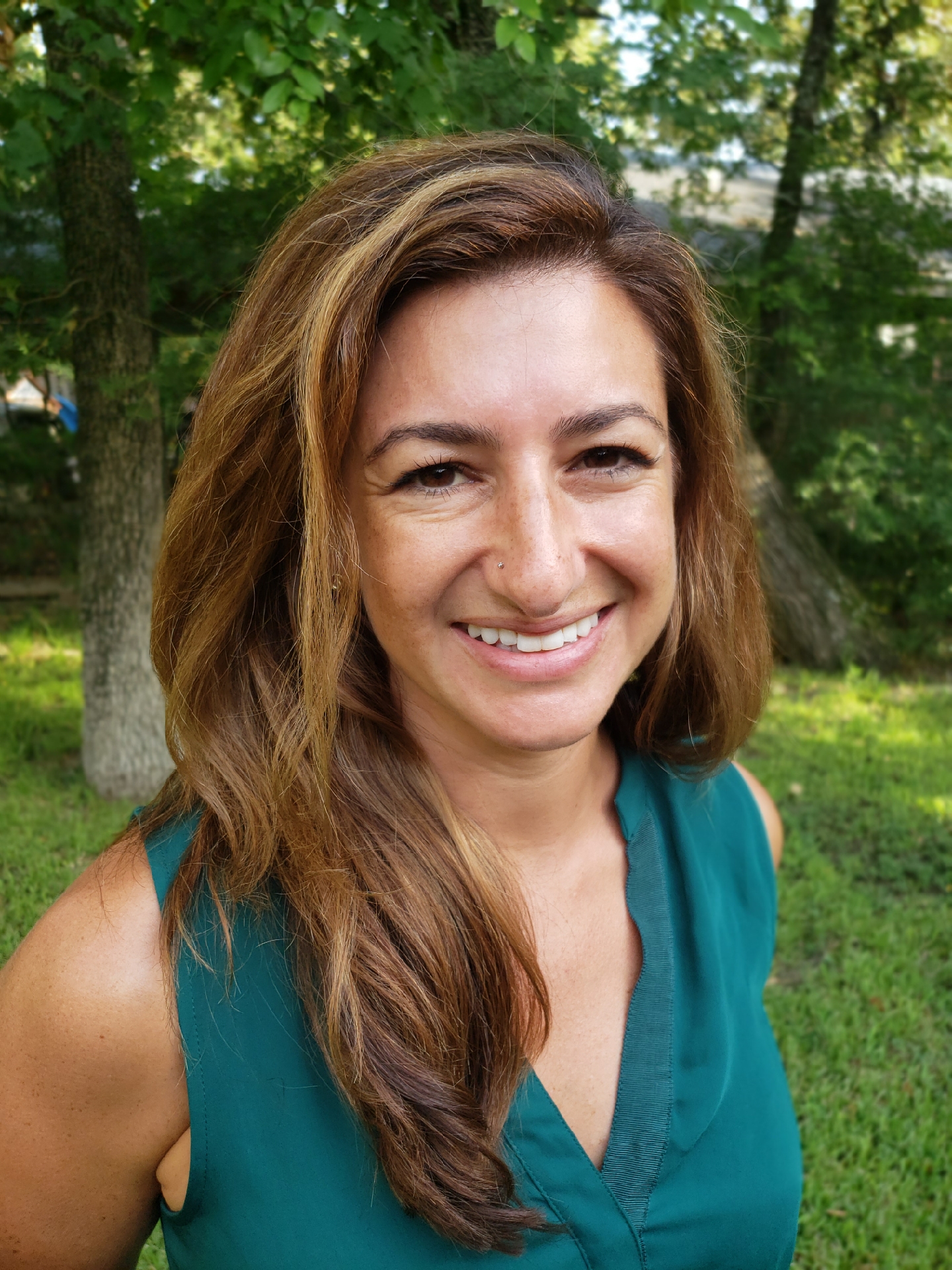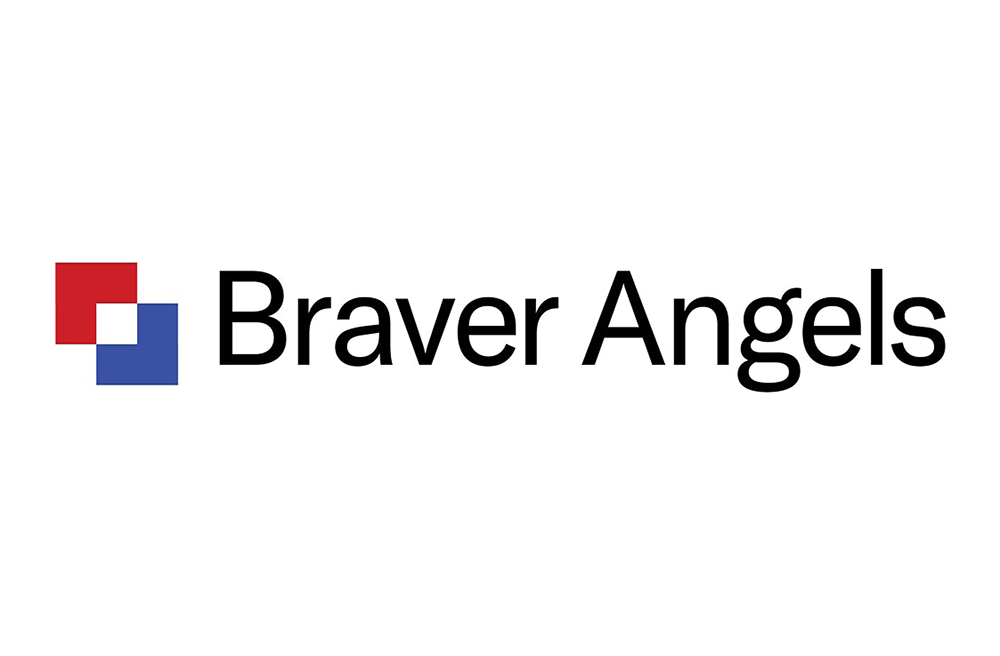Q&A with Members Series: Robert Blair, Jessica Gottlieb, Amanda Robinson, and Emily West





Author: Jaclyn Leaver
In today’s Q&A with Members Series we feature EGAP members Robert Blair (Brown University), Jessica Gottlieb (Texas A&M), Amanda Robinson (Ohio State University), and Emily West (University of Pittsburgh); along with their co-authors Hannah Baron (Brown University), Donghyun Danny Choi (University of Pittsburgh), Laura Gamboa (University of Utah), Steven Rosenzweig (Boston University), and Megan Turnbull (University of Georgia). We asked them about their preprint “Can Americans Depolarize? Assessing the Effects of Reciprocal Group Reflection on Partisan Polarization,” and the effects of programs aimed at depolarizing political conversations.
For this piece, we interviewed Professors Blair and Gottlieb, who spoke on behalf of the research team. We also spoke with representatives of Braver Angels, the organization whose red/blue workshops were evaluated in the study. Below, you will find questions and answers from the research team followed by those from Braver Angels.
Researcher Questions
Q. This study looks at ways to reduce the deep political polarization of Americans, focusing specifically on one model of depolarization — reciprocal group reflection. Why were you interested in studying this novel approach vis-a-vis other innovations aimed at depolarizing political conversations?
Robert Blair and Jessica Gottlieb: The project is a collaboration between members of the Democratic Erosion consortium (democratic-erosion.com)–founded by Rob–which combines teaching and research to address threats to democracy in the US and abroad. Polarization was (and is) a recurring theme in the consortium, and we were interested in exploring innovative ways to reduce it. Jessica first encountered the Braver Angels (BA) model in 2018, and several members of the consortium started discussing the possibility of experimentally evaluating it. To prepare for the study, we attended BA workshops in the areas around our respective universities, and we found the experience really impactful. We were especially struck by the sense of shared vulnerability and empathy that the workshops seemed to generate among participants. And we were intrigued by the idea of a depolarization intervention grounded in principles of marriage counseling. We hadn’t really experienced anything quite like the BA model before, and we thought it was very promising.
At the time, however, we didn’t really have a conceptual framework to describe what, exactly, the model was doing. The concept of “reciprocal group reflection” arose through a series of conversations among the researchers, and between the research team and Braver Angels leadership. We also recorded the workshops on each of the four college campuses, which gave us a chance to go back and listen for the mechanisms at work. We came up with the concept of reciprocal group reflection to capture the idea that BA participants are encouraged to reflect on the values, policies, and potential downsides of their own party, *in the presence* of the opposing side. The model isn’t about interpersonal dialogue per se, and it’s not about intergroup contact (though it has elements of both of those mechanisms built into it). It’s about learning to understand and recognize commonalities with the other side in a setting that’s conducive to empathy and mutual vulnerability.
Q. What were the primary findings from this project, along with the implications of those findings on programs that target partisan polarization in the United States?
RB and JG: We find that the workshops reduced both explicit and implicit measures of polarization and increased behavioral support for depolarization at midline (about 10 days after the workshops). The explicit measure gauges respondents’ trust and affinity for their own vs. the opposing party while the implicit measure is derived from an Implicit Association Test (IAT). While the effects on our explicit and implicit measures diminish somewhat over time, effects on the behavioral measure persist for more than six months. We think this is especially remarkable given that the six months between the workshops and the endline were characterized by the start of the pandemic, nationwide protests for racial justice, and a highly divisive presidential election. We find no difference in treatment effects across partisan groups. The effect sizes are substantively important: extrapolated to the US adult population, they would be large enough to reverse more than half of the increase in polarization observed over the past three decades.
One implication of these findings is that partisans don’t necessarily need to engage in direct conversation with the outgroup for them to change their mind about that group. Engaging in direct debate with the outgroup can be risky as it can sometimes generate backlash and deepen polarization. In the Red/Blue workshop, partisans learn from outgroup members without engaging them directly in policy debates. Most of the focus is on conversations with members of your own ingroup. Digging into qualitative data generated by recordings of the workshops, we found suggestive evidence for the importance of marrying informational mechanisms (learning about the other group) with emotional mechanisms (increasing empathy toward the other group). This could have implications for existing strategies that may rely on just one or the other type of mechanism to reduce partisan polarization.
Q. How do these findings complement the existing literature on partisan polarization both in the United States and, if applicable, around the world?
RB and JG: The fact that we find treatment effects on affective but not ideological polarization complements existing studies that suggest these are separable constructs – and that you can have one in the absence of the other. Previous US-based depolarization efforts have sought to weaken partisan attachments, strengthen a common American identity, or shift perceptions of the outgroup. The first strategy has not had the intended effect, while the latter two strategies have been more promising. The workshops in our study appeared to do both of these things to some extent. Participants updated their priors about the outgroup – seeing them as less extreme and more heterogeneous. Participants also recognized shared values across groups that could be seen as core components of a common American identity. We know from other literature that priming superordinate identities can be a fruitful way to reduce conflict among subordinate groups. In this vein, our findings suggest that priming or holding up American values that are common to both parties, albeit expressed in different ways, could be a way forward to undoing partisan polarization.
Implementer Questions
Q. What was the motivation behind collaborating with the research team on this project? Were you already working together, or did this partnership come together in the context of understanding partisan polarization in the United States?
Braver Angels: Our evaluation process had been very basic — an end of session questionnaire asking about the extent to which the workshop’s desired outcomes were achieved for the participant. We did not have the resources to do more, but we hoped to expand the evaluation in the future. We were also aware that our own evaluation process, even with stronger designs, would be suspect if done just by us. So, when the academic team (with whom we had not worked) approached us about doing an external evaluation study using an RCT design, we were delighted. As the chief workshop designer, I was also a bit anxious about whether this first rigorous study would support our sense that we had an effective depolarizing process.
Q. What were the biggest obstacles in getting the project off the ground?
BA: The biggest obstacles were: a) we did not yet have an organized process for reviewing and approving external research studies, and there was some concern about the process moving ahead before a number of Braver Angels leaders were fully informed and signed off; and b) the recruitment of participants at the participating colleges, in this case having to recruit double the usual numbers because of the need for a control group.
Q. How has your organization’s participation in this study affected programming decisions made since the results became available to you?
BA: The study’s results confirmed our sense that we have an effective red/blue workshop. The fading of explicit and implicit effects at the sixth month follow up gave momentum to prior ideas about a Braver Angels “journey” involving multiple workshops and multiple points of contact with Braver Angels members and messages. With polarization messages omnipresent in American society, it makes sense that one workshop alone is not going to be a lasting “inoculation.” The study provided an empirical basis for our intuitions about this and has spurred our thinking and planning about creating pathways towards depolarization.
The study also got us thinking about the value of looking at dose/response effects, for example, would the three-hour version of the red/blue workshop yield enough benefits to participants that it could become a preferred offering, given resource constraints? In addition, when the study authors came back to us suggesting a follow up study that looked at different recruitment methods that could attract reds to our workshops, Braver Angels leaders were immediately enthusiastic based on the idea and on our trust in the researchers. We had not thought about systematically measuring the efficacy of different recruitment methods. Working with this research team has influenced our culture to become more interested in answering important programmatic questions in scientifically sound ways — no small change for a low-resource organization trying to stay afloat while tackling an urgent social problem.